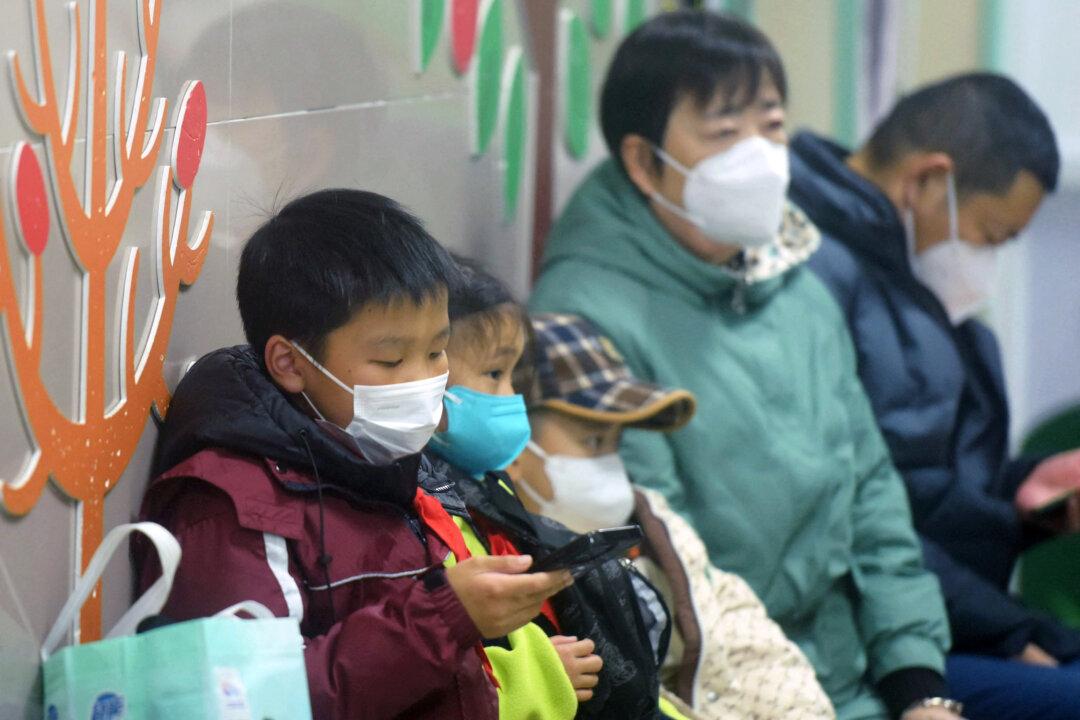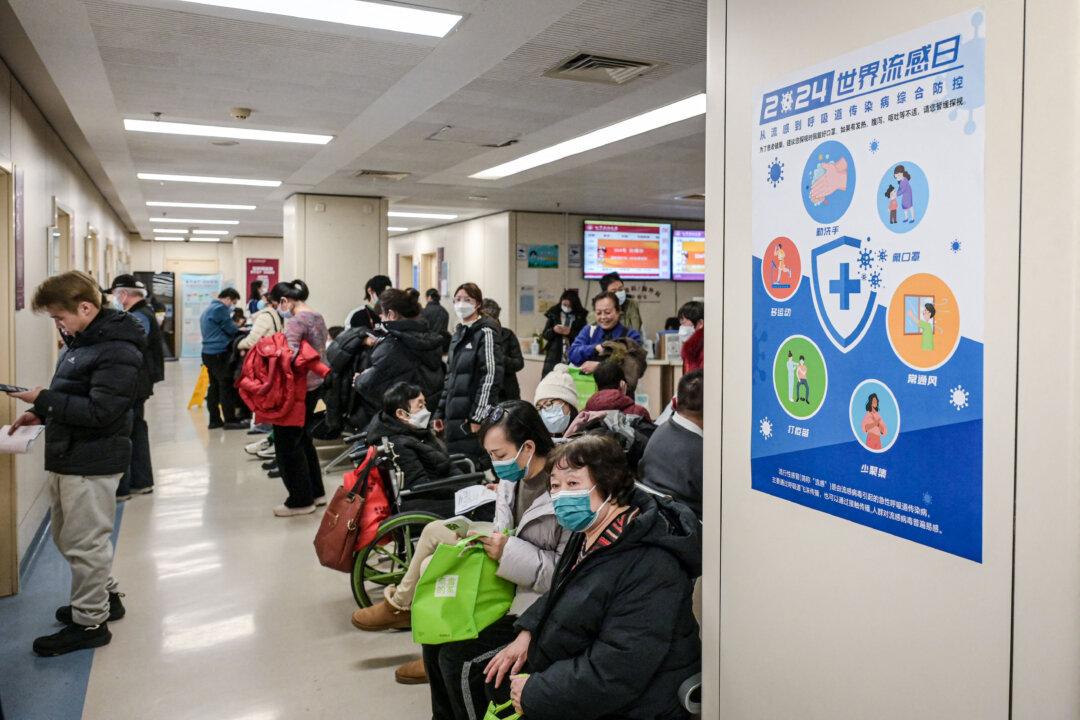The National Bureau of Statistics of the Communist Party of China stated at a press conference on Jan. 18 that it would be postponing the release of China’s birth data for 2020. But according to data released by some local governments, the mainland’s population appears to be declining, and at an alarming rate in some areas where the births have dropped by more than 20 percent.
He said that as China’s birth rate cannot be increased substantially, the country’s population decline will not stop.
According to Liang, Guangzhou city’s population saw approximately 195,500 births last year, a decrease of 9 percent from 2019; Wenzhou city saw approximately 73,230 births, a year-on-year decrease of 19.01 percent; Hefei city saw a decrease of 23 percent compared with 2019; and the birth population in Taizhou city decreased by 32.6 percent. No jurisdictions have yet to report an increase in the birth rate.
The number of births in Guangzhou in 2020 was the lowest in 10 years, and Wenzhou saw its lowest birth rate in past 6 years.

The CCP first introduced the idea of a birth control policy in 1955, and implemented its “one-child policy” in 1979. However, since 2013, it has been loosening the policy, saying that “if one of the parents is an only child, they can have two children.” In 2016, it revised the number of children allowed by law to two.
However, public data shows that China’s population has been decreasing from 2016 to 2020—the new born population in 2016 was 17.86 million, but from 2017 to 2020, births dropped to approximately 17.23 million, 15.23 million, 14.65 million, and 13.80 million respectively.
Wu also said that, in the long run, China’s aging population will cast a big shadow over its economic development. He predicts that the impacts of China’s population decline will be more severe than that experienced by other countries as China still has a very large urban-rural wealth gap. The country also lacks a complete industrial development process.




